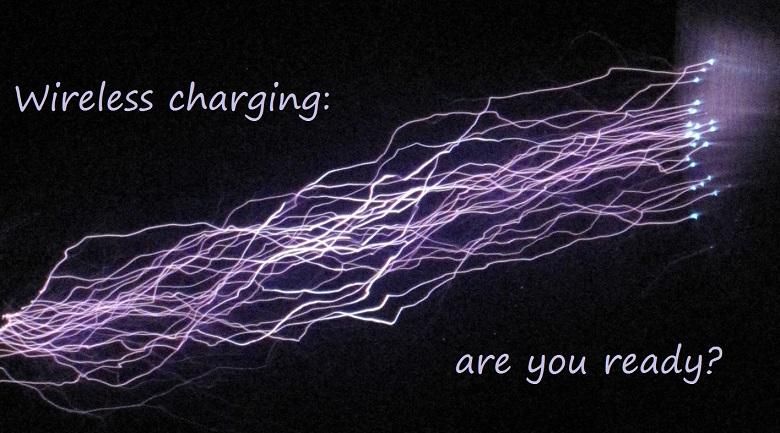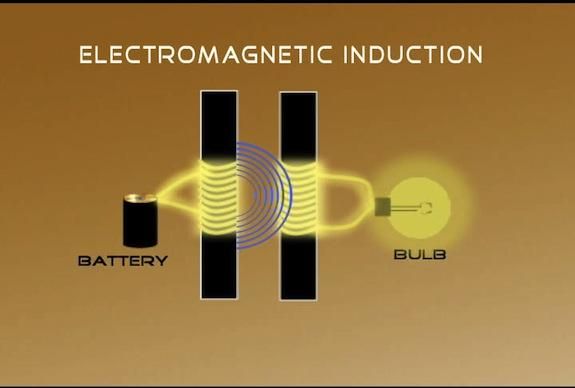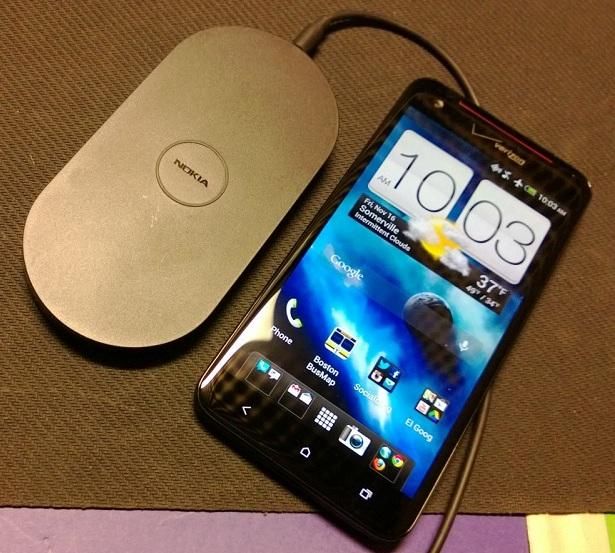Electricity has always been a thing of wonder, but like most technological advancements, it's had its challenges and even a fight for what standard to adopt.
Thomas Edison developed what would become the first commercially available electrical power transmission using direct current (DC). One of the drawbacks of DC is its relatively limited range due to loss as distribution lines stretched further away from the power plants. Eventually power plants were created in neighborhoods and business districts to overcome the loss, but the plants were large, somewhat noisy, and generally undesirable in all but industrial areas. Nikola Tesla had a different idea for electricity, alternating current (AC), which allowed for much smaller power stations and simplified transmission over distances.
Fast-forward to today
We live in a world where power is transmitted to our homes and electrical outlets using AC, then converted into DC for use in most of our electronic devices. Most of our smartphones and tablets are charged through micro-USB cables that are either connected to computers or to "wall-warts" which convert the electricity from AC to DC for us. It wasn't always that way.
Not that long ago it seemed like every manufacturer had a different connector to get that direct current into our devices. Some tablets still suffer from this illness, but we won't point any fingers at the culprits. Now we are looking at what could be the widespread adoption of "wireless charging" as a standard.
Some of us at Pocketnow think wireless charging will become commonplace and could end up inside speaker and other docks to recharge our devices while listening to music or watching movies — it will probably even end up in our cars.
How does inductive charging work?
What does a train have to do with wireless charging?!
Put simply, when an electric charge is run through a wire, not only are electrons pushed down the wire, but an electromagnetic field travels with it — on the outside of the wire. Think of it like a train running down a track. The track is analogous to the wire, the train would then be the electrical charge moving down the wire. Have you ever stood by a railroad crossing as a train passed? They usually throw off a lot of "wind" — air that's being displaced as the train races by. That's similar to the electromagnetic field that accompanies electricity racing down a wire.
Induction sends electromagnetic waves over short distances to induce a current in an otherwise disconnected wire. How geeky is that?!
Sounds great! What's the problem?
We have the technology to implement inductive charging today, but just like AC versus DC, there's a standards battle brewing.
Power Matters Alliance has their version called "PMA" and is backed by Duracell, Google, AT&T, Starbucks, and apparently hip hop artist Jay-Z. This standard is the one powering Duracell's PowerMat which is currently available as an aftermarket solution.
Power Matters Alliance's biggest challenger is the Wireless Power Consortium with members that include LG Electronics, Energizer, and Nokia. This version calls their technology "Qi" and is being built into smartphones today (Nexus 4, Lumia 920, and LG Spectrum 2). The irony, of course, is that Google backs PMA, but Google's newest flagship phone, the Nexus 4, uses the Qi standard.
There's a third player in the game: Alliance for Wireless Power (A4WP). Backers for this standard include over 20 companies, including Qualcomm and Samsung. Just in case you weren't ware, Samsung is the world's largest phone maker.
The market opportunity is wide open. The wireless industry is full of examples where original-equipment manufacturers have started down one technology path only to find out they need to quickly change.
— Kamil Grajski, president of A4WP
The three "alliances" aren't necessarily equivalent to standards per se. To make things even more confusing, Powermat and others in the PMA have joined onto the A4WP.
Not a matter of "if", but "when"
It looks like it's not a matter of "if" but "when" we'll see wireless charging as a standard in our smartphones and tablets. Which standard that turns out to be is still up for debate. For various auto makers, they're hedging their bets and working on the possibility of supporting multiple charging standards.
In the meantime, that micro-USB port isn't looking so bad, is it?
UPDATE 1: Michael Fisher has been able to confirm that the HTC DNA can charge wirelessly via the Nokia 920 wireless charging plate.
UPDATE 2: "The Wireless Power Consortium's Qi wireless charging standard has been announced as a key feature in the new HTC Droid DNA, the new flagship smartphone from WPC members HTC and Verizon Wireless."
Yes, the HTC Droid DNA is features fully integrated Qi wireless charging!
*Induction Image Source: Cellphones.caLocomotive Image Source: Wikipedia
Via: BusinessWeek; Powermat (1), (2)*




